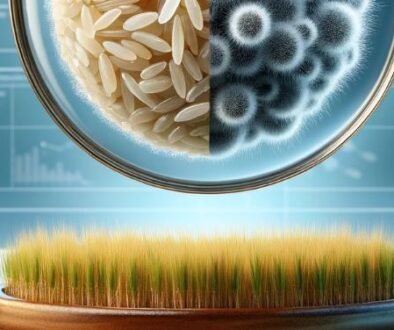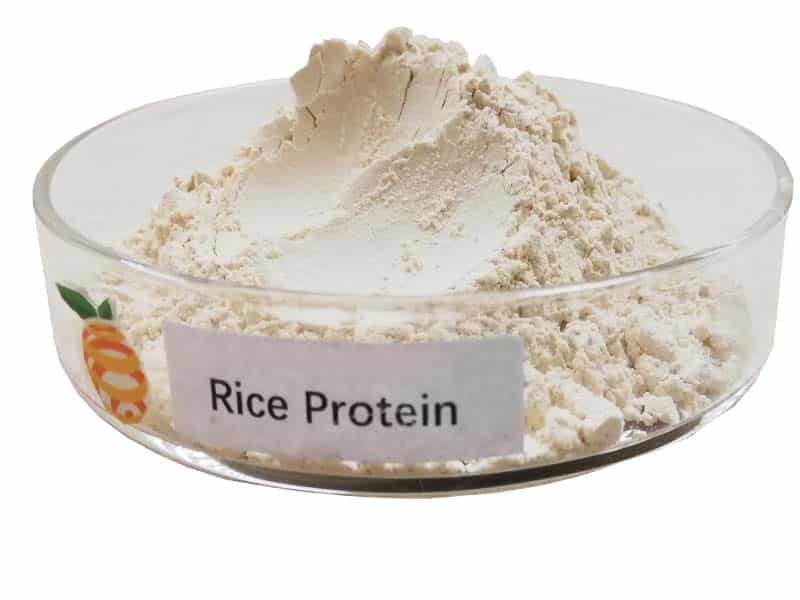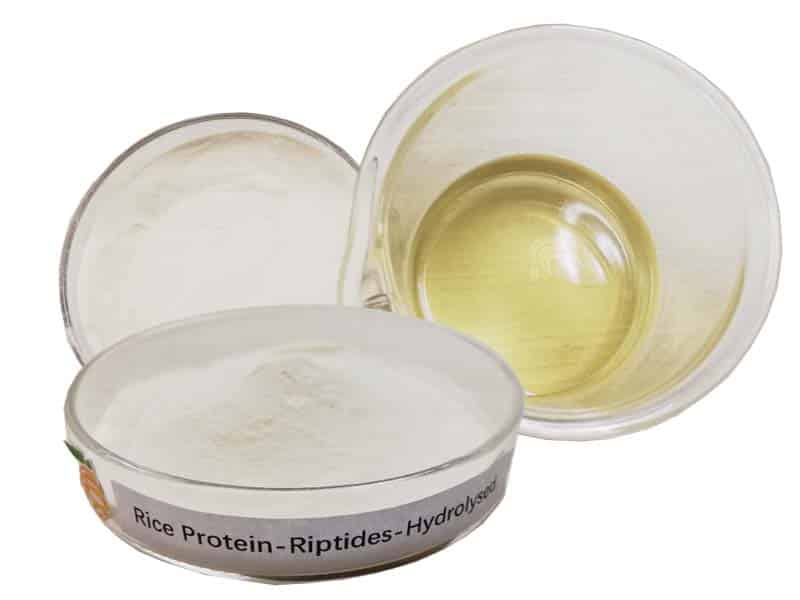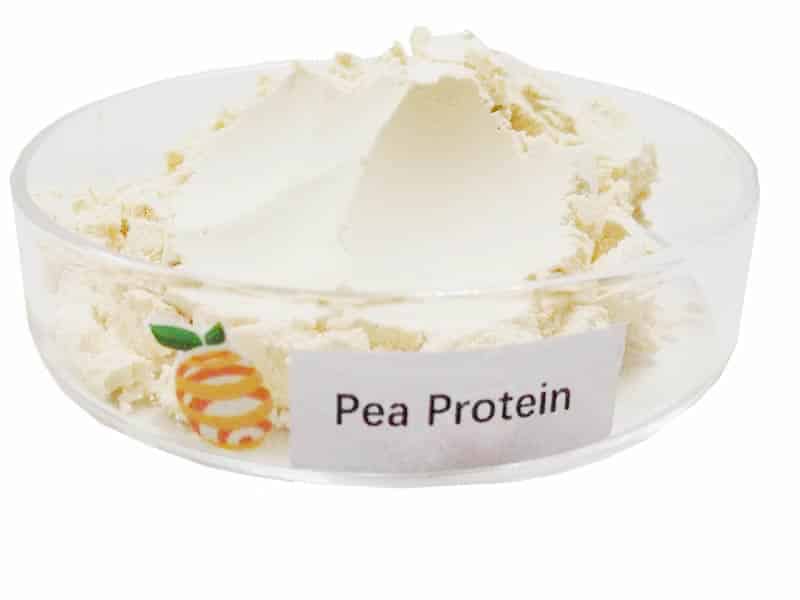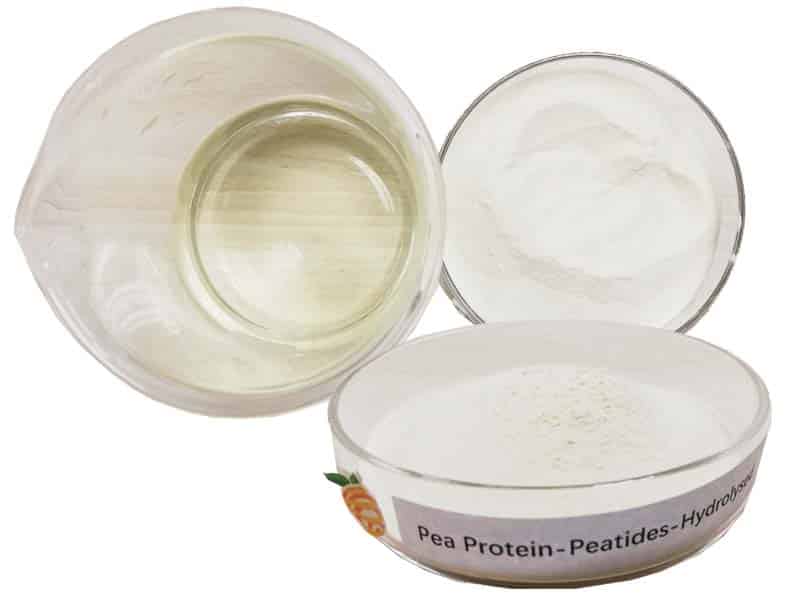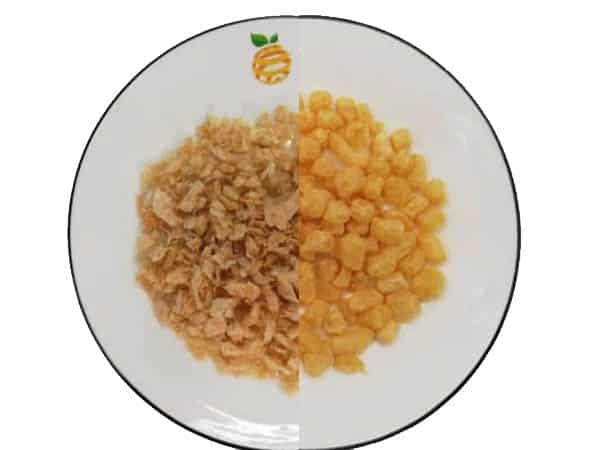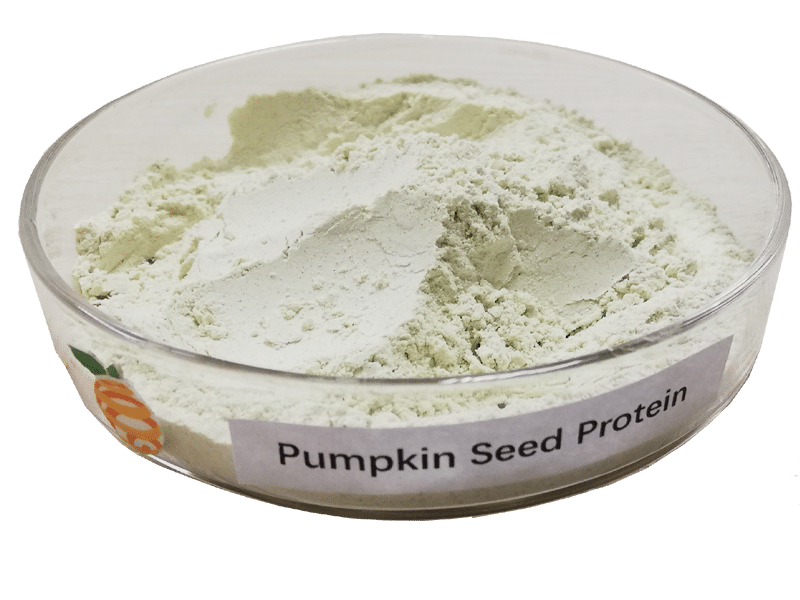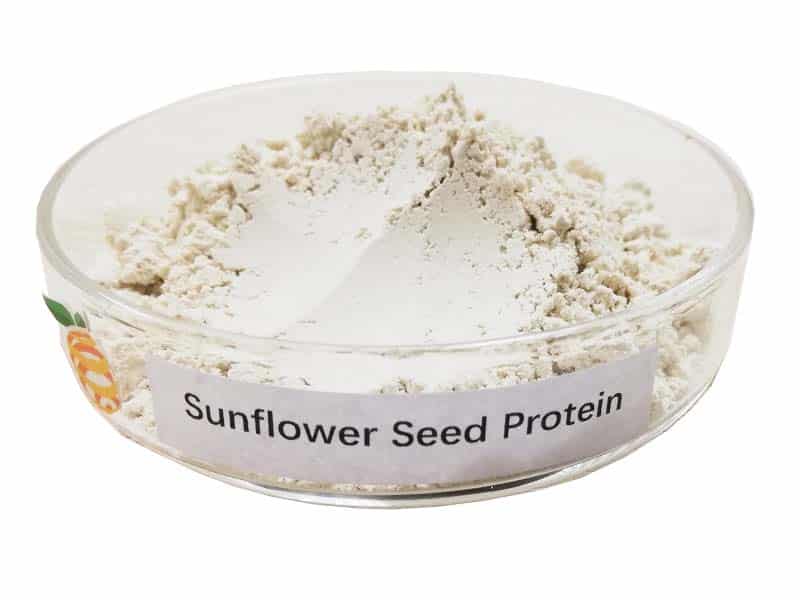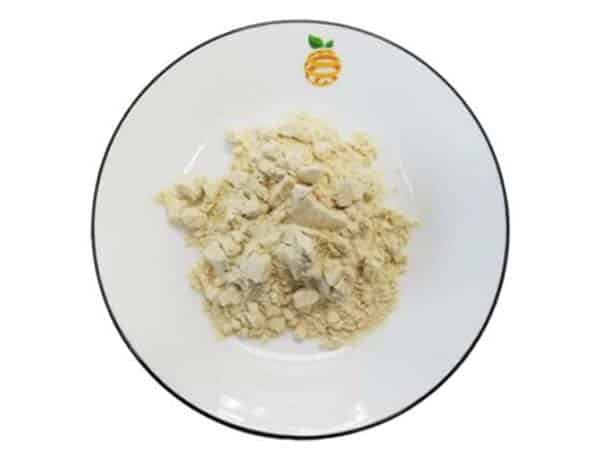Study on the antioxidant activity of selenium-rich rice peptides in vivo
Explore the health benefits of selenium-enriched rice peptides with superior antioxidant activities for enhanced immune function and aging support.
Abstract
The study aimed to compare the in vivo antioxidant activities of common rice peptides, selenium-enriched rice peptides, and selenomethionine. A total of 70 male Kunming mice, divided into 7 groups (10 per group), were used for the experiment, including aged model mice, young control mice, and mice treated with various supplements. The supplements included common rice peptides, selenium-enriched rice peptides, selenomethionine, a combination of selenium-enriched rice peptides and selenomethionine, and resveratrol, with selenium content kept consistent across relevant groups. The treatment lasted for 30 days. Results indicated significant improvements in antioxidant markers, such as superoxide dismutase (SOD) activity, reduced glutathione (GSH) content, catalase (CAT) activity, and total antioxidant capacity (T-AOC), in treated groups compared to the aged model group. Among all indicators, the selenium-enriched rice peptide group showed the best effects, significantly outperforming the common rice peptide group and in many cases the selenomethionine group, suggesting a synergistic antioxidant effect of selenium and peptides in selenium-enriched rice peptides.
Keywords: Selenium-rich rice peptide, selenomethionine, antioxidant, synergistic effect
Introduction
Selenium plays a crucial role in the body’s antioxidant defense system as a core element of several selenoproteins, such as glutathione peroxidase (GSH-Px) and thioredoxin reductase, which protect cells from oxidative damage. Organic selenium, found in selenium-enriched rice, mainly exists in the form of selenoamino acids and is safer than inorganic selenium. Rice peptides have demonstrated antioxidant abilities; however, most research on selenium-enriched rice peptides’ antioxidant activities has relied on in vitro methods, which do not accurately simulate physiological conditions. This study focuses on the in vivo antioxidant effects of selenium-enriched rice peptides compared to common rice peptides and selenomethionine, to evaluate the contribution of selenium and peptides to antioxidant activity and support the value-added use of selenium-enriched rice resources.
Materials and Methods
The study used common and selenium-enriched rice, selenomethionine, and resveratrol, with animal treatment involving oral administration of these supplements to different groups of mice. The treatment duration was 30 days. Antioxidant indicators such as SOD, GSH, CAT, GSH-Px activity, MDA content, T-AOC, and immune organ indices were measured post-treatment.
Results and Discussion
Selenium-enriched rice peptides significantly improved various antioxidant and immune organ indices in aged mice, exceeding the effects of common rice peptides and selenomethionine. This indicates selenium’s important role in enhancing antioxidant capacity. The study found that selenium-enriched rice peptides, even in reduced amounts combined with selenomethionine, showed better effects than selenomethionine alone, suggesting the superior antioxidant capacity of selenium-enriched rice peptides over common rice peptides and selenomethionine.
Conclusion
The study concludes that selenium-enriched rice peptides possess a significant antioxidant capacity, outperforming common rice peptides and providing a synergistic effect with selenium to enhance the body’s antioxidant ability. This research supports the potential health benefits and value-added utilization of selenium-enriched rice, emphasizing the importance of incorporating selenium-enriched food sources into the diet for improved antioxidant protection.
This scientific exploration into the antioxidant activities of selenium-enriched rice peptides in vivo provides a foundation for further research and practical applications in nutritional science and health promotion, advocating for the inclusion of selenium-enriched foods in dietary practices for their enhanced antioxidant benefits.
For more further detailed information of this research, feel free to contact our team for asssistance.
Original research by Qin Yun, Shi Peilin, Liu Weiwei, Guo Danjun, He Hui*
(College of Food Science and Technology, Huazhong Agricultural University/Key Laboratory of Environmental Food Science, Ministry of Education, Wuhan, Hubei 430070) Article ID: doi:10. 13386/j. issn1002-0306. 2017. 17. 060


